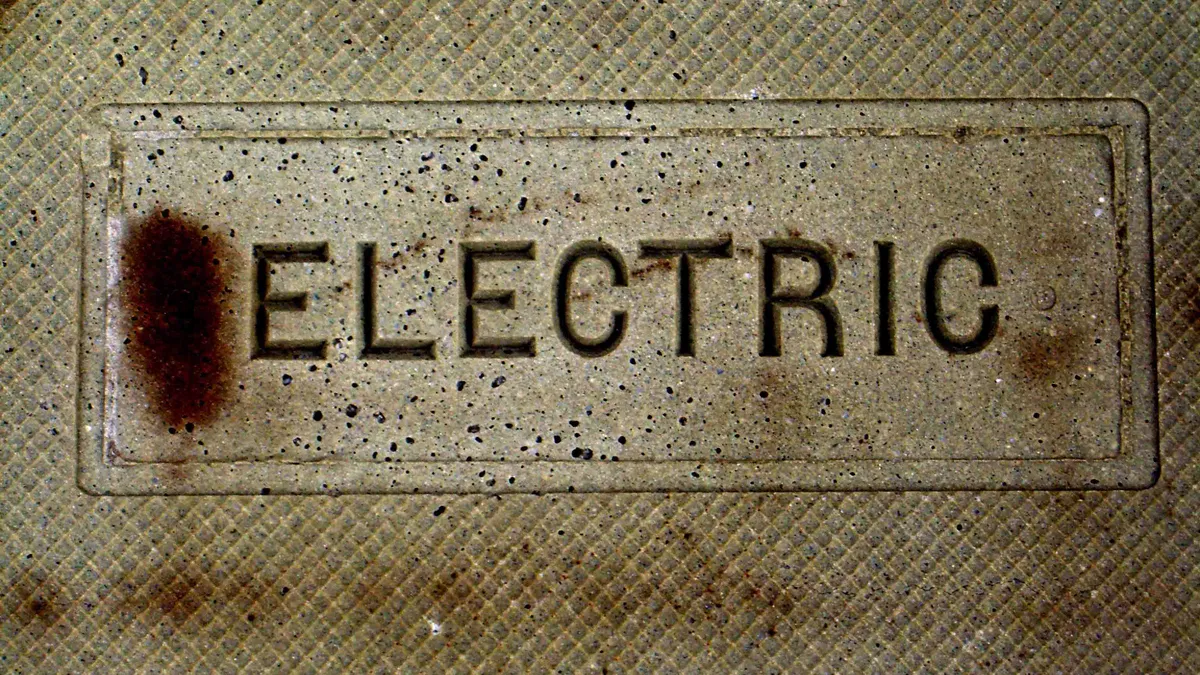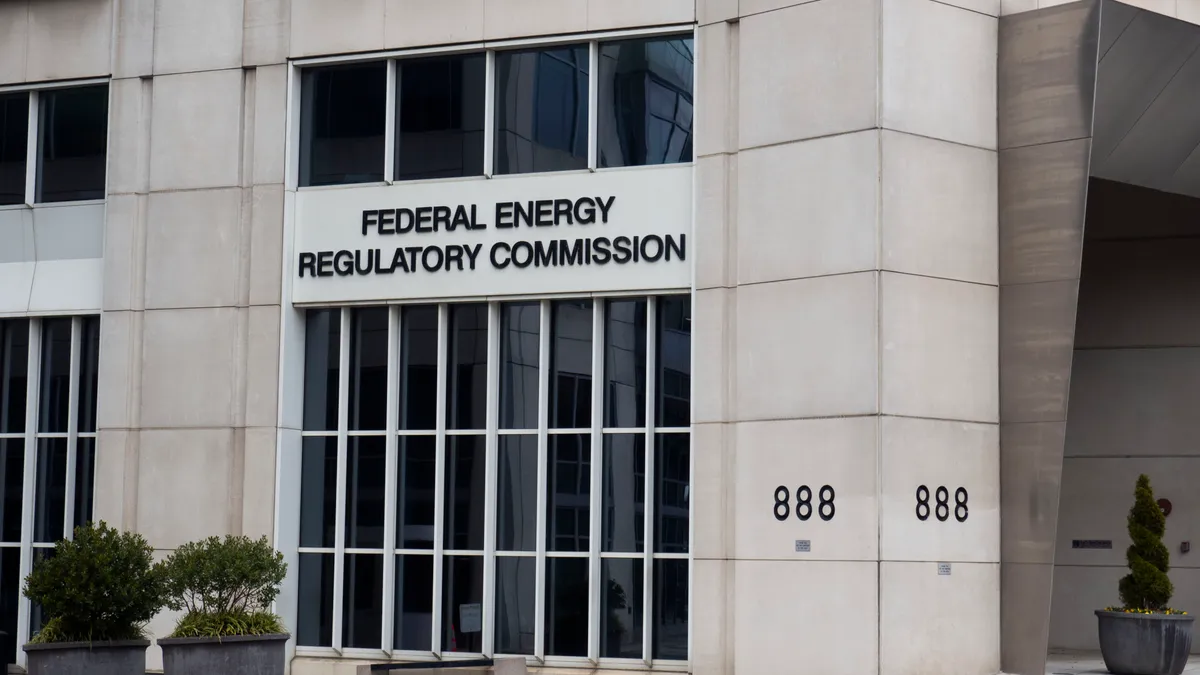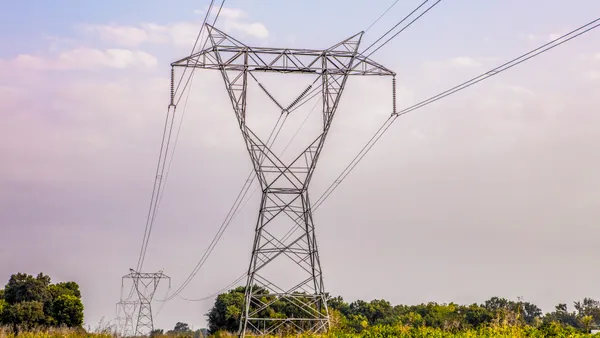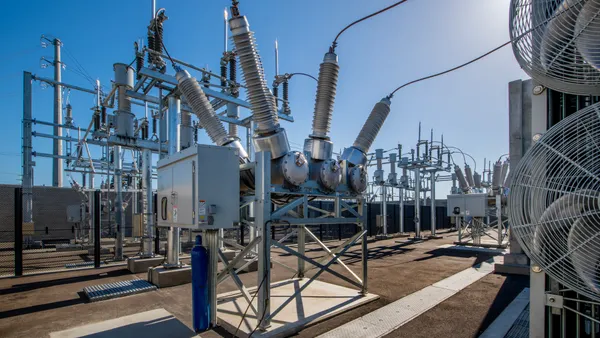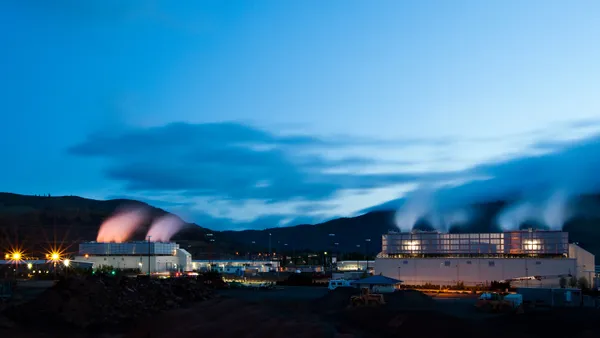Cheap, cleaner, and now highly accessible, natural gas may surpass coal as the top source of energy in the U.S. Economists such as Patrick Barkey of the University of Montana, predict that the supremacy of natural gas over coal is temporary, asserting that history shows the two industries vacillate in their prominence depending on supply and demand.
In the near term, however, coal companies and employees are feeling the effects of the rise of natural gas, and the trend is shaking things up across the country. Utility Dive looked at five cases where companies have shuttered their coal-fired plants, sending hundreds of workers into unemployment, or been forced to make concessions as gas gains ground.
1. APPALACHIA
According to 24/7 Wall St., about 750 of Arch Coal’s employees will be out of work after the coal-fired company shuts down 3 of its Appalachian plants; most of the cuts are in Kentucky. By now it’s no secret to coal industry executives what clean competitor is responsible for mass site-closures and employee layoffs—natural gas. With coal consumption at a 20-year low, Arch announced a $30-$40 million cut of capital spending, and other Appalachian miners are expected to follow suit.
2. CHICAGO
The Fisk Generation Station and the Crawford Generation Station will lay off approximately 200 employees according to a Gazette Chicago report. Both Chicago-based plants were scheduled to close within the next two years, but overriding financial losses will cause these coal-fired power plants to close in September. With hundreds of health-related issues including asthma attacks due to poor air quality and even death attributed to both plants, many people in the Chicago area are glad to see the plant go. But, the Fisk and Crawford reuse task force is determined to find alternate uses for the sites to make good use of the otherwise vacant land, and counter unemployment.
3. MONTANA
The Billings Gazette reports roughly 400 Montana miners are facing unemployment due to PPL Montana’s plant closings in Colstrip and Billings. The recent slump in coal demand is attributed to the rise of hydroelectric power, a shift which, according to Mike Johnson, occurs every spring, and wind energy. Natural gas has become more accessible with hydraulic fracturing technology, and coal-power is expected to make up about 30% of U.S. electricity, a dramatic decrease from its former 50% just 4 years ago.
4. AIKEN, S.C.
The deactivation of Savannah River Nuclear Solution’s coal-fired power plant at its Savannah River site is bittersweet for president and CEO Dwayne Wilson. In a Charleston Regional Business Journal report, Wilson laments the closing of the 280,000 square-foot D-Area facility, once responsible for generating 75 million watts of power, and the unemployment of hundreds of the plant’s devoted workers, but asserts that the company is dedicated to energy efficiency and environmentally safe practices, even at the expense of their employees.
5. MARYLAND
Business Week reports two coal plants with operations in Maryland, Exelon Corp and American Electric Power Co., will spend billions to reduce toxic output from their operations in an effort to meet pollution regulations, and remain competitive. As the largest U.S. power generator, it is less than desirable for Exelon to sell three of its Maryland plants for 40% of its actual value, but with a billion dollar expenditure to reduce pollution emissions, the utility company may not have much of a choice. American Electric Power Co. will be watching closely to see if the spending produces worthwhile results.
Would you like to see more utility and energy news like this in your inbox on a daily basis? Subscribe to our Utility Dive email newsletter! You may also want to check out "11 mobile energy applications" list.


